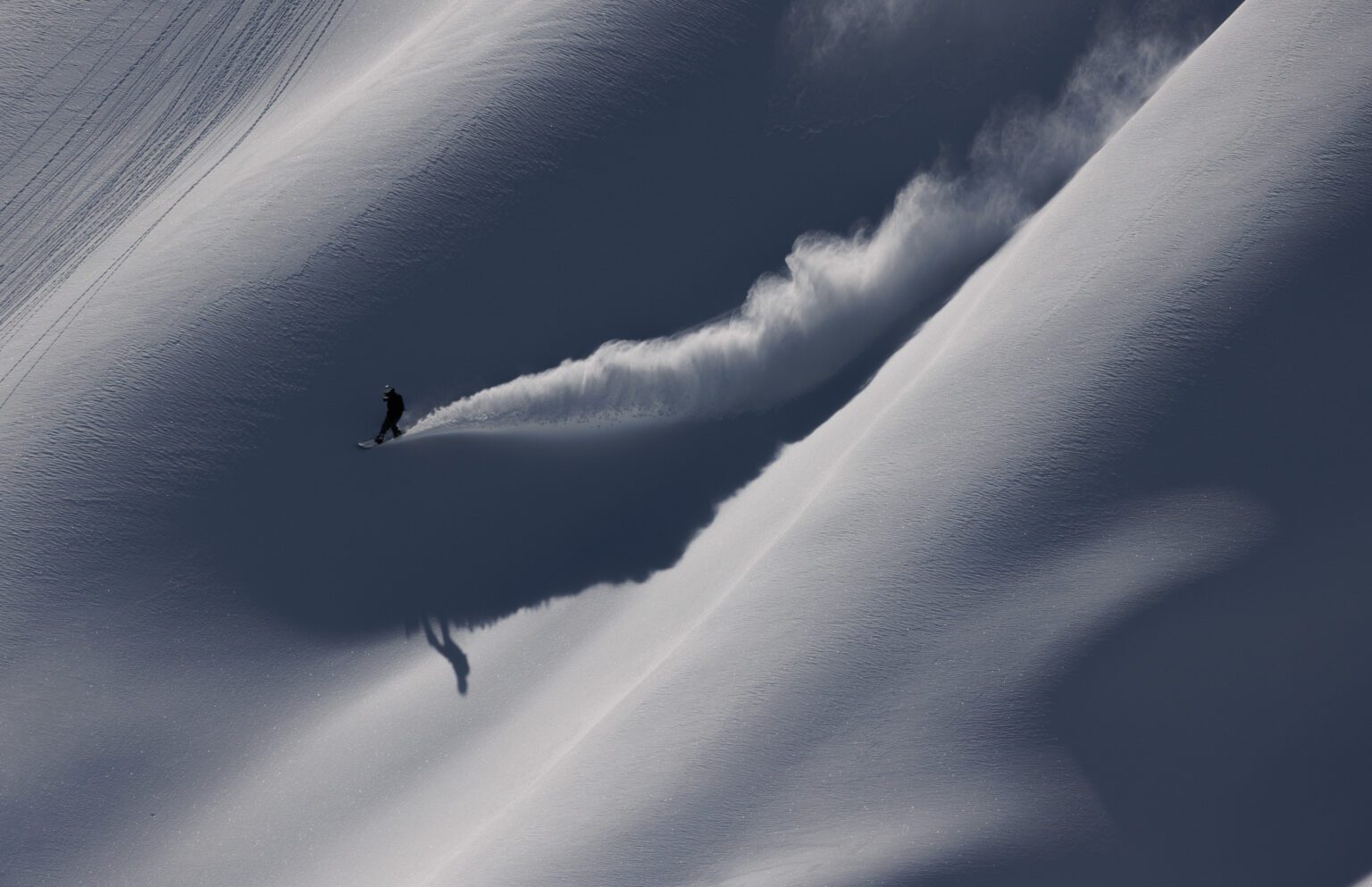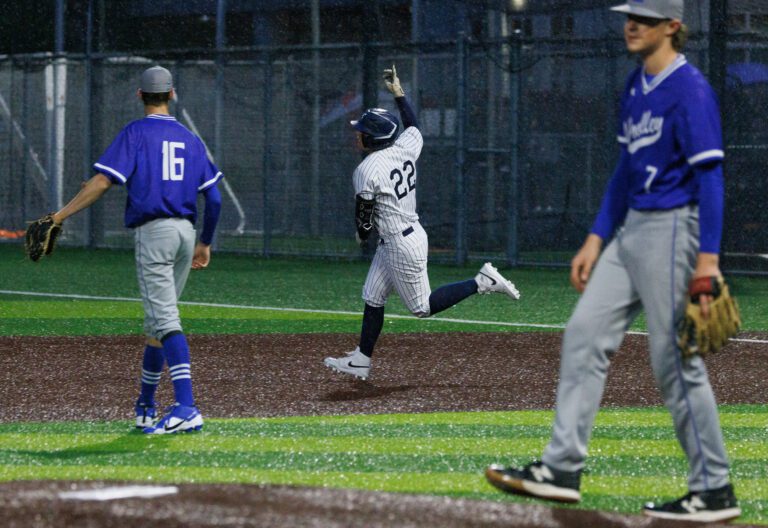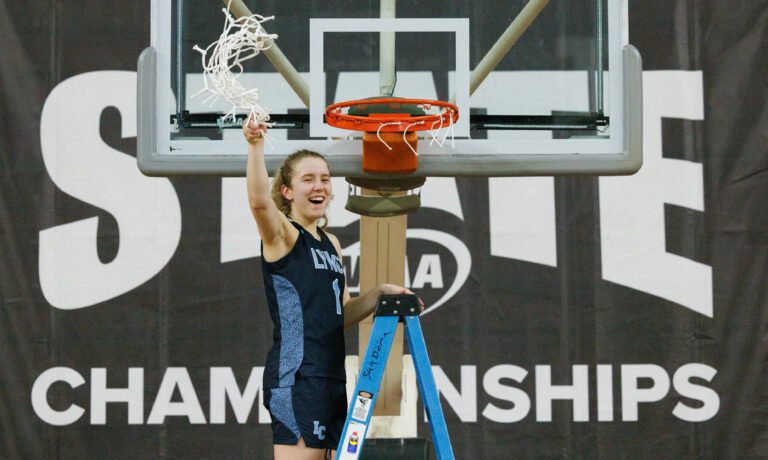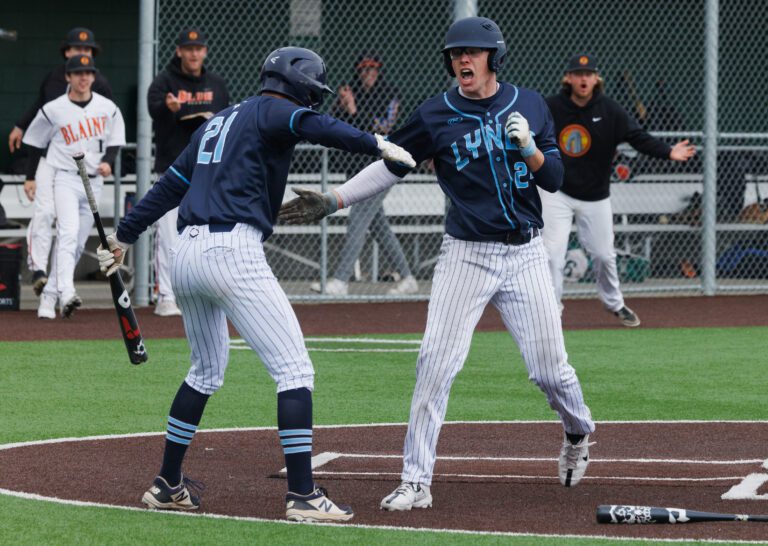A cycle of intense mountain snowstorms in late February and early March reversed what was looking to be a dire season for Washington ski areas and powderhounds. But for forecasters at the Northwest Avalanche Center, or NWAC, even 2 feet of fresh snow overnight is just another day at the office.
“Just because there’s snow and we’re more likely to have avalanches, it doesn’t mean that the forecasting process is necessarily harder,” said NWAC forecaster and Bellingham resident Lee Lazzara.
“The backcountry is more active, so there’s more people out in the mountains submitting more observations, but sometimes even when it hasn’t snowed for a while, we’ll have these really painstaking discussions of whether [the avalanche danger rating] is low or moderate.”
To make their forecast accurate and accessible, Lazzara and team members are employing the best of old- and new-world tools, mixing the human element of accumulated knowledge and on-site reports with tech that include a new app, Avy, that’s become a trusted companion of local backcountry enthusiasts.
A huge forecast area
Lazzara is one of a team of forecasters at NWAC (generally pronounced en-whack) who collect and analyze information about precipitation, wind, temperature, snowpack observations, and reported natural or human-triggered avalanches during a state snow season that can stretch from late October through April.
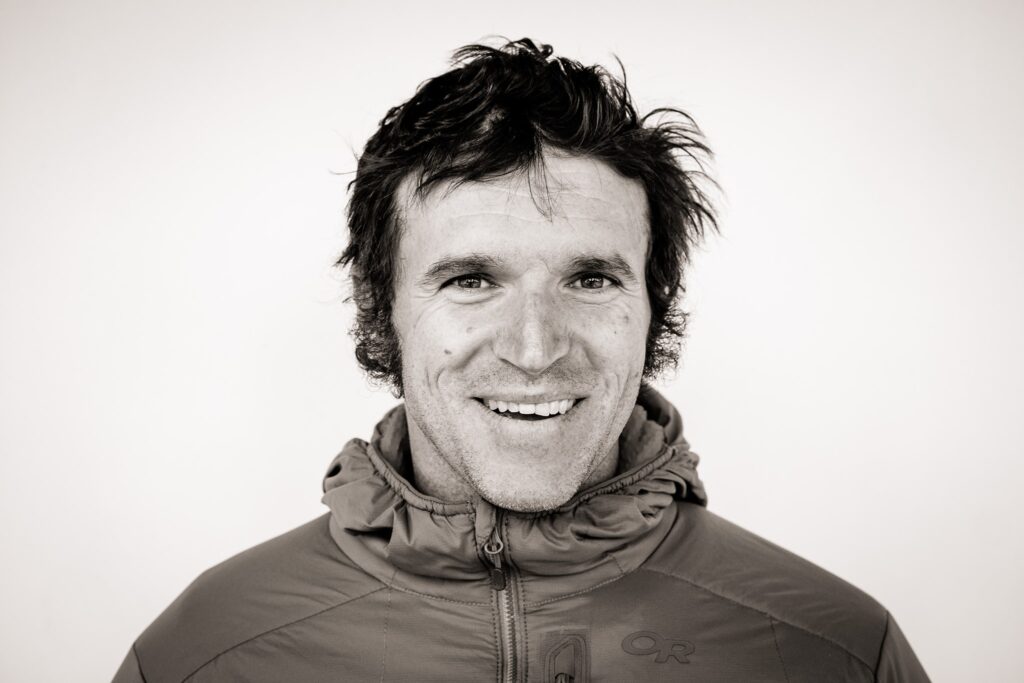
He started his career in the Wasatch Range of Utah before eventually venturing west to guide in the Cascades. Lazzara became a professional observer for NWAC in 2015, then joined the staff full time in 2020.
Composed of 10 different zones, the NWAC forecast area encompasses Washington and northwestern Oregon, from Portland to Port Angeles and from Cle Elum to Winthrop and the Canadian border. Lazzara forecasts for the West Slopes North and West Slopes Central zones of the Cascade Range, sharing the responsibility with fellow forecaster Irene Henninger, who is based in Index, Snohomish County.
NWAC publishes a forecast for each zone every evening during the season, informing people who plan to venture out the following day what to expect, what to watch out for, and what the avalanche danger rating is, whether it’s low, moderate, considerable, high or extreme.
An indispensable tool for backcountry travel
Professional photographer and Bellingham resident Grant Gunderson, known for his iconic images of the Baker backcountry, has been reading the daily forecast for the last 25 years and describes it as an invaluable resource.
“Especially when my work has me traveling all winter, it allows me to quickly get caught up to speed on what’s been going on with our snowpack while I have been away,” Gunderson said. “There is no doubt in my mind that its forecasts have saved countless lives over the years.”
It’s hard to articulate the magnitude of the 1,500-square-mile West Slopes North zone that Whatcom County snow lovers consider their backyard. Trim that down to 500 or 600 square miles that are reasonably accessible in winter, and then chop it again to 200 or so square miles that backcountry users are visiting regularly, which is where forecasters try to focus their attention. Compare that to the 10 square miles of what is by far the most popular non-motorized recreation area, the backcountry around Mt. Baker Ski Area, about 60 miles east of Bellingham.
Weather across the zone isn’t a monolith; the same factors are usually at play in all areas, but in vastly different amounts — high winds or heavy snowfall can hit one area hard and skip over another entirely — and that makes a big difference in avalanche danger.
“One of the challenges in forecasting is portraying the idea of scale and spatial variability,” Lazzara said. “How do you take an avalanche forecast for such an enormous zone and actually relay the fact that there can be massive variations?”
Lazzara gathers intel from guides, ski patrollers, and Forest Service rangers who see more of the zone than he’s able to visit and has frequent meetings with the rest of the NWAC team to compare notes across zones. He also spends a couple of days in the field each week, on skis or snow machines. Forecasters don’t get to choose the conditions on their field days — they’re definitely not always riding in bottomless powder — but Lazzara takes a sanguine view of it.
“It can be really interesting to go out and see what the snowpack is like after it has rained four inches in a day. Most backcountry users are not experiencing that,” he said.
Lazzara pointed out that a daily forecast is a writing exercise — it’s a deadline-based distillation of a lot of data into a not-too-long, readable, compelling block of text that can mean the difference between life or death. Fortunately, he has a degree in English, which has come into play more than he expected when he was living the ski bum lifestyle.
“If the forecast is informative, entertaining, and well-written, it can be better than a simple, straightforward one, but if it’s poorly written and way too long, then it’s worse,” he said. “The writing needs to be approachable for people.”
The right tool for the job
In the interest of making the forecast even more approachable, NWAC in November 2023 unveiled its app Avy, two years in the making. The app provides a platform to view daily avalanche forecasts, weather data, and observations (often called “obs” by backcountry users) from the field.
NWAC harnessed the technological savvy of software engineers and designers who also happen to be avid backcountry users to develop the app. The nonprofit spent $140,000 on development, but NWAC program director Charlotte Guard, who led the initiative, believes it would have cost significantly more if they had outsourced the work.

“We were super lucky to be working with a team of people who are really talented and senior in their respective roles,” Guard said. “We’re really punching above our weight with the product we were able to develop.”
With more than 17,000 app downloads so far, Guard has heard mostly positive feedback from users.
“The app is the easiest way to view forecast information on a phone, whether you’re a snowshoer or sledder or ice climber, whether you’re 15 minutes from the road or really deep in the backcountry,” she said. “Even if you’re only skiing inbounds or accessing the backcountry through ski areas, NWAC has the largest weather station network of its kind and that means you have access to this great clearinghouse of data.”
One pleasant surprise is that many backcountry users are now submitting obs earlier in the day through Avy; a skier or snowmobiler can write up an entry and add photos in the field or at the trailhead, and the observation will go live once the user is back in service. This has been a boon for forecasters, who like to incorporate obs into their evening posts as long as the information comes in early enough.
“It’s important that the public understand that observing the absence of avalanches is just as valuable as the existence of avalanches,” Lazzara said. “Some public obs are very elaborate and have detailed snowpack and weather and avalanche info, and some are very simple, but it’s all very useful.”
Lazarra said it’s exciting to forecast for a center that has grown quickly and implemented new public-facing technology. At the same time, being a forecaster is humbling work — with each post he puts his subjective analysis of myriad data out into the world, to be received and judged by thousands of users.
“It’s definitely the coolest job I’ve ever had,” he said. “It’s also really hard to do right. I’m a little bit wrong every day, and it’s cool to engage with that and figure out: what did I miss, and what can I do better tomorrow?”
A previous version of this story incorrectly identified the photo of Irene Henninger. This story was updated to reflect this change on Saturday, March 23 at 7:10 a.m. Cascadia Daily News regrets the error.
Regular news contributor Julia Tellman recently moved to Bellingham to spend as much time as possible on two wheels or two planks in a recreational wonderland. Reach her at juliatellman@cascadiadaily.com.

